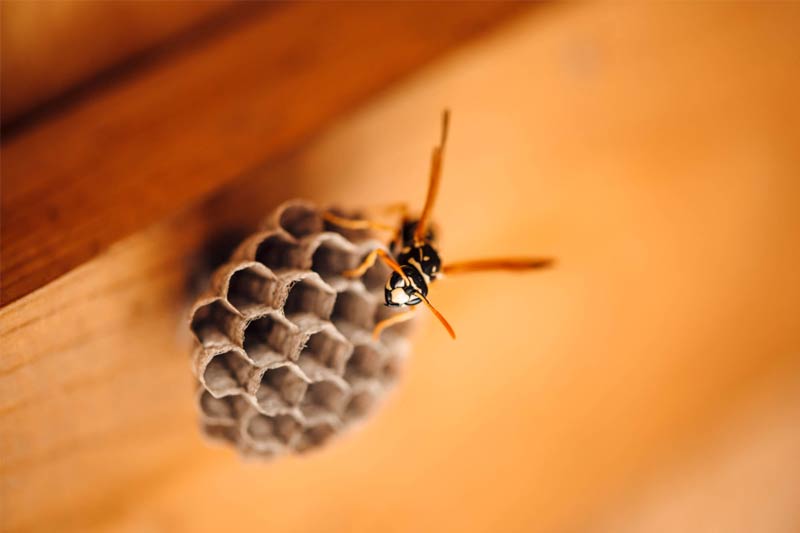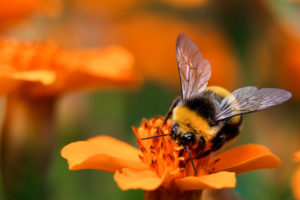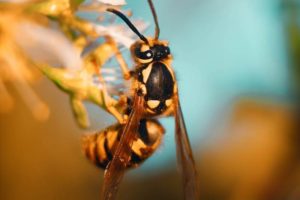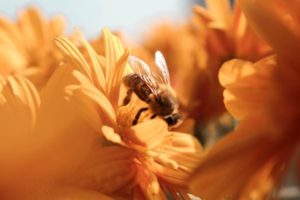This stinging insect gets its name from the paper-like quality of their nests. They can be found all around North America and generally keep to themselves. A paper wasp is rarely aggressive and only stings if provoked. Keep reading to learn about identifying these stinging insects, their nests, and what to do if you come across them.
Identification
There are many species of paper wasps, but all contain a few key traits. First, this stinging insect has a slim “waist” and six long legs. They also have two wings and antennae. All paper wasps share similar yellow, red, and brown colors while also having unique features between species.
Below are five different common types.
Different SPECIES
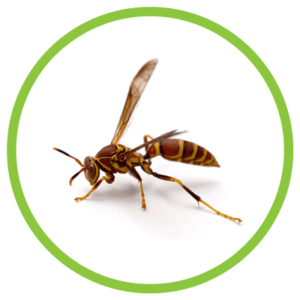
Common Paper Wasp
The Polistes exclamans, or Common Paper Wasp, is found throughout the US, Canada, and Mexico. Its size ranges between 1/2″ – 5/8” while also hosting yellow stripes on its body.
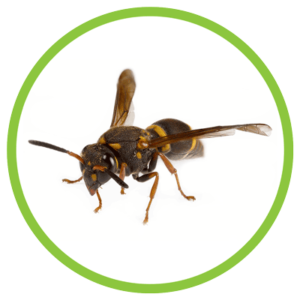
Black Paper Wasp
Polistes fuscatus fuscatus is equal in size to the Common Paper Wasp. You can find it across North America, predominantly in the East. It is very dark brown in comparison to other wasps.
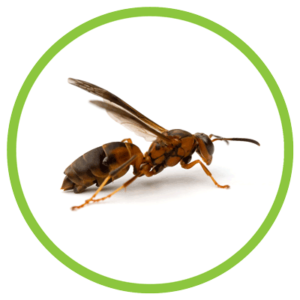
Common Brown Paper Wasp
The scientific name for the Common Brown Paper Wasp is Polistes metricus. It is found in Texas and Eastern states. It varies between 5/8” – 7/8” in size. Yellow and black markings decorate its abdomen.
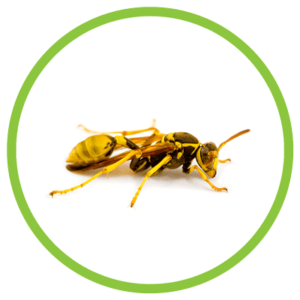
Golden Paper Wasp
The Golden Paper Wasp, also known as Polistes fuscatus aurifer, is found predominately in the Eastern United States. On the larger size, it is usually 5/8” – 7/8” in length. Along with the expected bands of yellow, this wasp also has a yellow head.
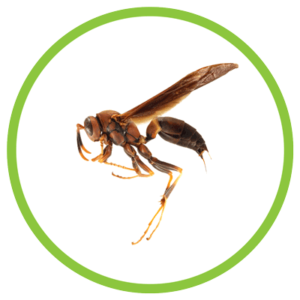
Red Paper Wasp
Polistes annularis lives in the Eastern and Midwestern United States. It, too, is between 5/8” – 7/8” in size. You can spot yellow tips on its antennae.
Paper Wasp Nests
As their name indicates, paper nests are made from a paper-like material. These wasps make nests composed of wood and plant sources mixed with saliva. All paper nests have an umbrella-like shape. Sometimes, you can even see the honeycomb appearance.
Paper wasps built their nests in open locations like trees, overhangs, utility poles, or structures. You can spot them on smaller items, like twigs or branches. Or, look for more enormous nests adjoined to objects like porch ceilings or railings.
PAPER WASP HABITS
To some, paper wasps may be a welcomed guest. They are not aggressive insects and eat many pests found in gardens. However, these wasps also eat fruits and damage wood while gathering materials to make their nests. And if you have a stinging insect allergy, you want to keep away.
Each winter, most wasps in the colony die, except new queens. Then, in the spring, a few queens come together to start a new nest.
DON’T GET STUNG
Paper wasps only sting when they feel threatened. The best thing you can do to prevent being stung is to avoid their nests. For example, try hanging up a decoy nest in your backyard.
Next, pay close attention to your surroundings when you’re outdoors. Usually, people are stung when they accidentally stumble into nests. If you find a paper wasp nest on your property, call a specialist to assist you in its removal. This advice is crucial if you are unsure of your reaction to stinging insects!
Lastly, make sure you know what to do if you are stung. Wasps do not die after one sting. In fact, they can sting multiple times, unlike bees. Also, bee and wasp sting allergies can be incredibly severe, resulting in anaphylaxis and cardiac arrest within minutes.4 Care for your injury and also pay close attention to your symptoms. Immediately call 911 and, if possible, administer epinephrine if an emergency arises.


